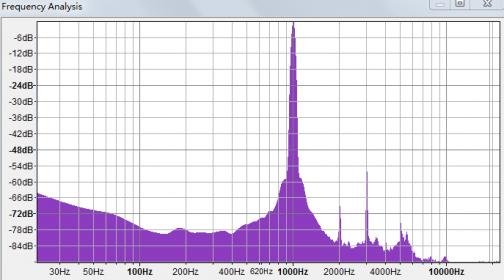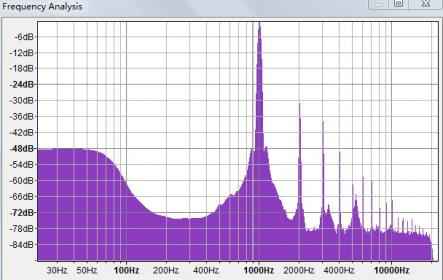Last I checked, fairly recently (past few months), TI/BB and ADI both had conventional DACs in their audio line, or at least DAC at audio rates. Most if not all of the highly-integrated chips, the ones most used in commercial products, are DS, however, so very few may be using the older designs. I did not check to see what companies like Sabre or Wolfson are using. Crystal (now part of Cirrus, I think?) makes DS and those are widely used in computer sound cards and such.
DS DACs still glitch but the impact is much, much less due to their higher speed and fact that only one level is involved so no change of signal modulation. However, ISI can be an issue, leading to all sorts of other problems. Modern multi-bit DS designs could conceivably suffer from the same sorts of issues other DAC architectures have with glitches, however.
Disclaimer: I have not thought much about this at all; please consider my comments off-the-cuff, IMO, etc. - Don
p.s. On what is the biggest problem with digital today, I am not really sure. I think a lot of it is perception and the fact that people like the sound of e.g. LPs even though they are technically far inferior. Perhaps more effort should be expended on figuring out why, i.e. what it is about that sound that people like, and less on seeking perfection. The perfection is pretty much there by most measurements; what remains is to find out why they do not sound perfect to people. Had I plenty of time and money to play with, that is where I would start. Actually, opus11 is making strides in that direction...
DS DACs still glitch but the impact is much, much less due to their higher speed and fact that only one level is involved so no change of signal modulation. However, ISI can be an issue, leading to all sorts of other problems. Modern multi-bit DS designs could conceivably suffer from the same sorts of issues other DAC architectures have with glitches, however.
Disclaimer: I have not thought much about this at all; please consider my comments off-the-cuff, IMO, etc. - Don
p.s. On what is the biggest problem with digital today, I am not really sure. I think a lot of it is perception and the fact that people like the sound of e.g. LPs even though they are technically far inferior. Perhaps more effort should be expended on figuring out why, i.e. what it is about that sound that people like, and less on seeking perfection. The perfection is pretty much there by most measurements; what remains is to find out why they do not sound perfect to people. Had I plenty of time and money to play with, that is where I would start. Actually, opus11 is making strides in that direction...



